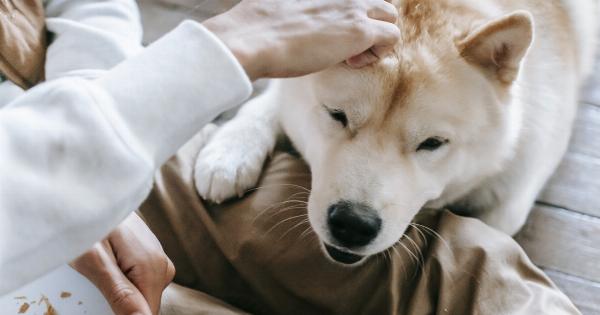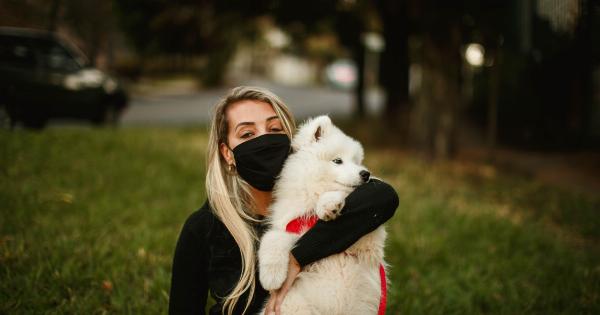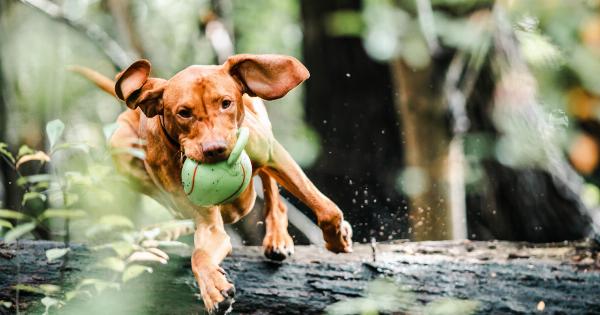Bringing a new addition into your family is an exciting and joyful time. However, if you already have a beloved pet, it’s essential to prepare them for this significant change.
Introducing a new baby or another pet can be overwhelming for your furry friend, causing stress and anxiety. To ensure a smooth transition and maintain a harmonious environment, it’s crucial to take proactive steps to prepare your pet. In this article, we will discuss some valuable tips and tricks to help you prepare your pet for a new addition.
1. Start with a visit to the veterinarian
Before bringing home a new baby or pet, ensure your current pet is in good health. Schedule a visit to the veterinarian to check for any underlying health issues or behavior concerns that need attention.
This will help you address any potential issues beforehand and ensure a healthy and happy transition for your pet.
2. Establish a routine
Pets thrive on routine, so establish a consistent schedule for feeding, walks, playtime, and other activities. Gradually make adjustments to accommodate the new addition’s needs while keeping your pet’s routine as unchanged as possible.
This will help your pet feel more secure and adapt better to the upcoming changes.
3. Incorporate new smells
Introducing unfamiliar scents can help your pet adjust to the presence of a new addition.
For example, if you’re expecting a baby, use lotions and powders with baby scents, or bring home a blanket or clothing item worn by the baby to familiarize your pet with their smell before the baby arrives. If you’re bringing in another pet, exchange bedding or toys to let them get used to one another’s scents.
4. Gradual exposure
It’s important not to make sudden or overwhelming changes. Gradually expose your pet to the new addition, ensuring they feel comfortable and safe during the process.
For instance, if you’re bringing home a baby, let your pet sniff and investigate baby items while providing positive reinforcement. If it’s another pet, consider introducing them in neutral territory, such as a park, while closely monitoring their interactions.
5. Create a safe space
Prepare a designated area for your pet with their bed, toys, and food and water bowls. This will serve as their safe space, where they can retreat to when feeling overwhelmed or anxious.
Ensure the new addition understands this area is off-limits, allowing your pet to have a space they can call their own.
6. Invest in training
Prioritize training sessions to reinforce good behavior and manage any potential issues when introducing a new addition. Consider enrolling your pet in obedience classes or seeking professional help if needed.
A well-trained pet will be better equipped to adapt to changes and understand boundaries.
7. Research species-specific traits
Before introducing a new pet, particularly if it’s a different species, educate yourself about their specific traits and behaviors.
Understanding their needs, preferences, and body language will help you create a more compatible environment for both animals. It will also enable you to anticipate any potential challenges and address them proactively.
8. Maintain quality time
While it’s necessary to allocate time for the new addition, ensure you continue to spend quality time with your existing pet. They should not feel neglected or replaced, as this can lead to feelings of resentment or jealousy.
Regular play sessions, walks, and cuddle time will reassure your pet that they are still an important part of the family.
9. Reinforce positive associations
Create positive experiences for your pet when they are around the new addition. Use treats, praise, and playtime to associate the new addition with positive emotions.
This will help your pet form positive associations and understand that the new addition brings pleasant experiences, ultimately leading to a smoother transition.
10. Seek professional guidance if needed
If you encounter significant difficulties during the transition or your pet’s behavior becomes concerning, it’s essential to seek professional guidance.
Consulting an experienced animal behaviorist or trainer can provide valuable insights and personalized advice to overcome challenges and ensure the well-being of all members of your family.





























